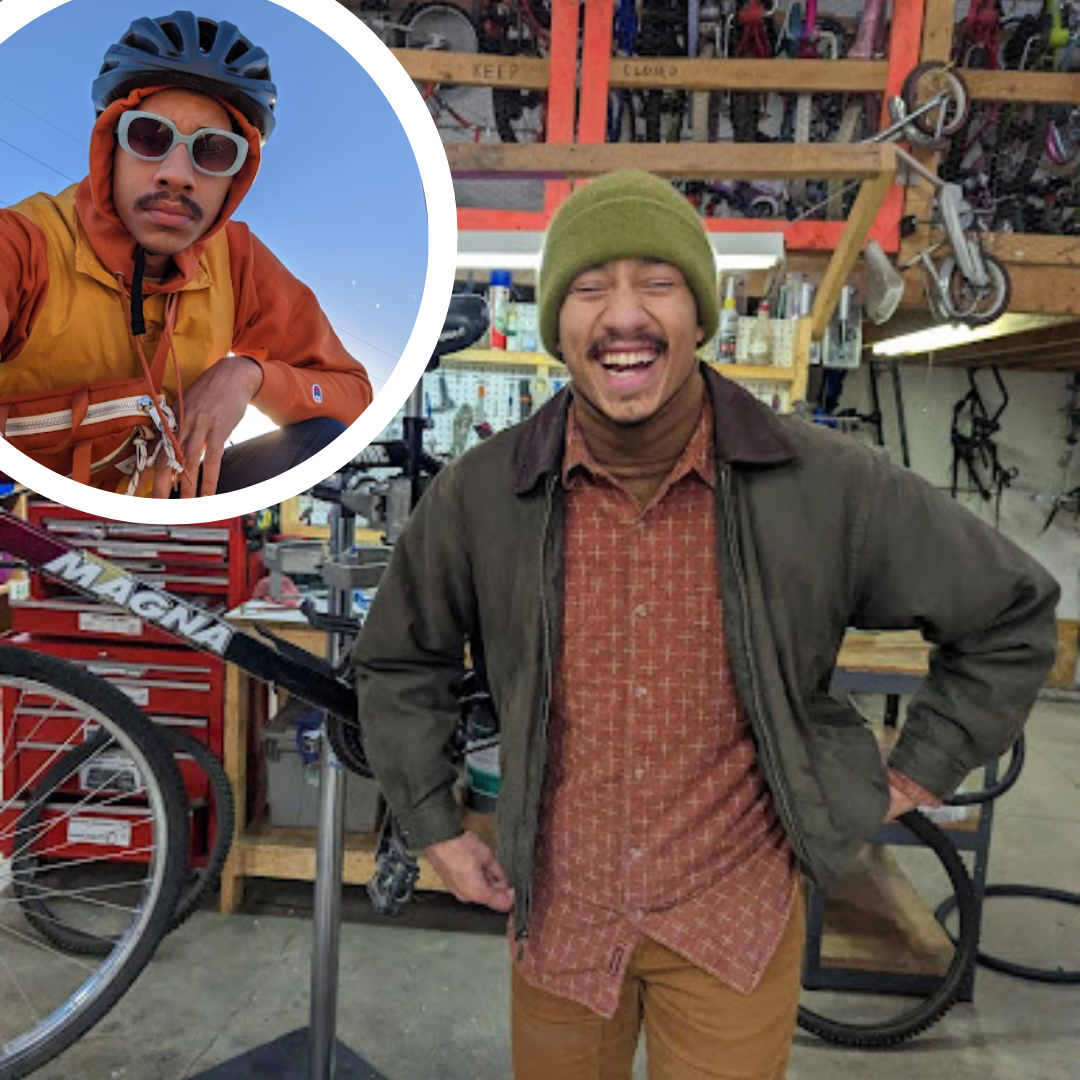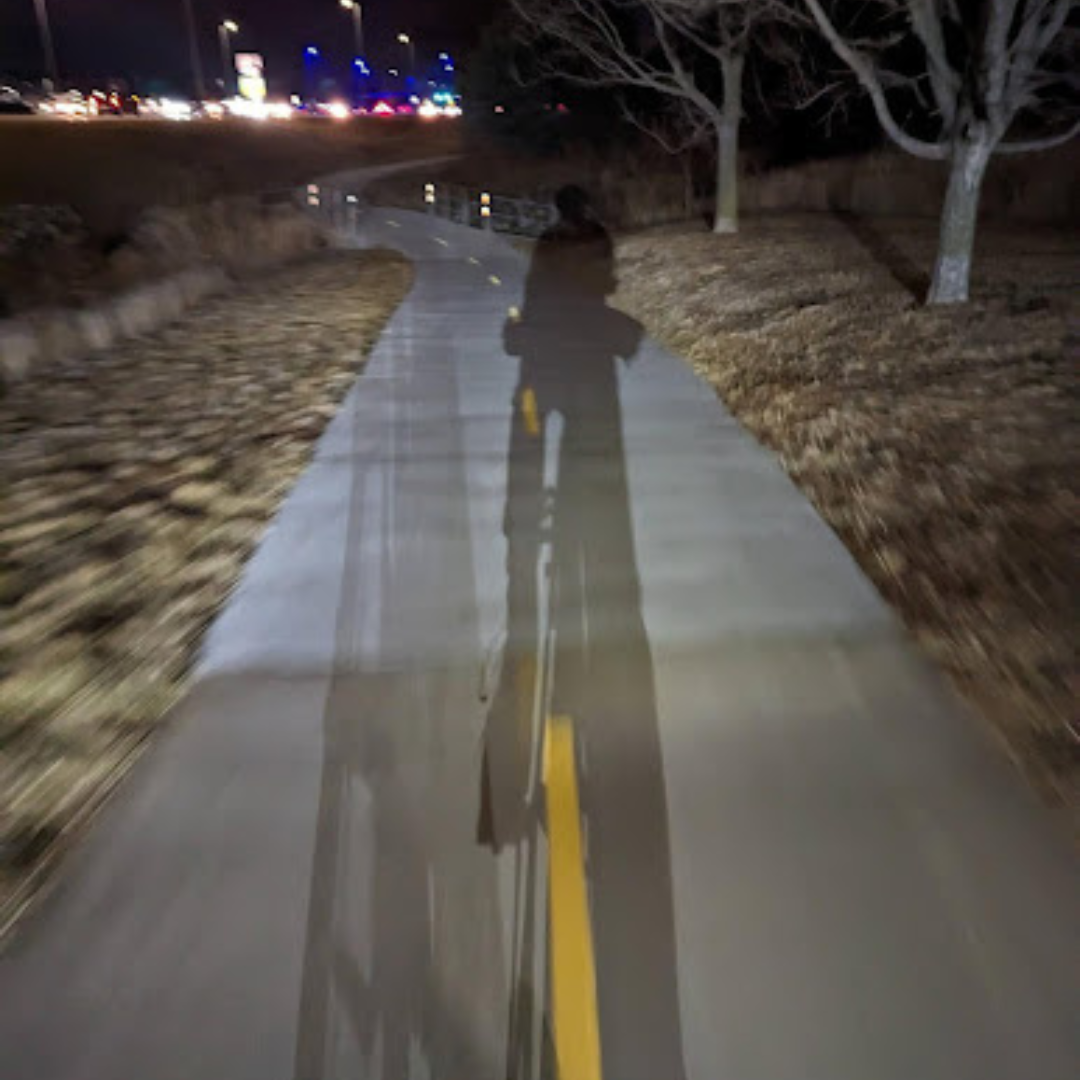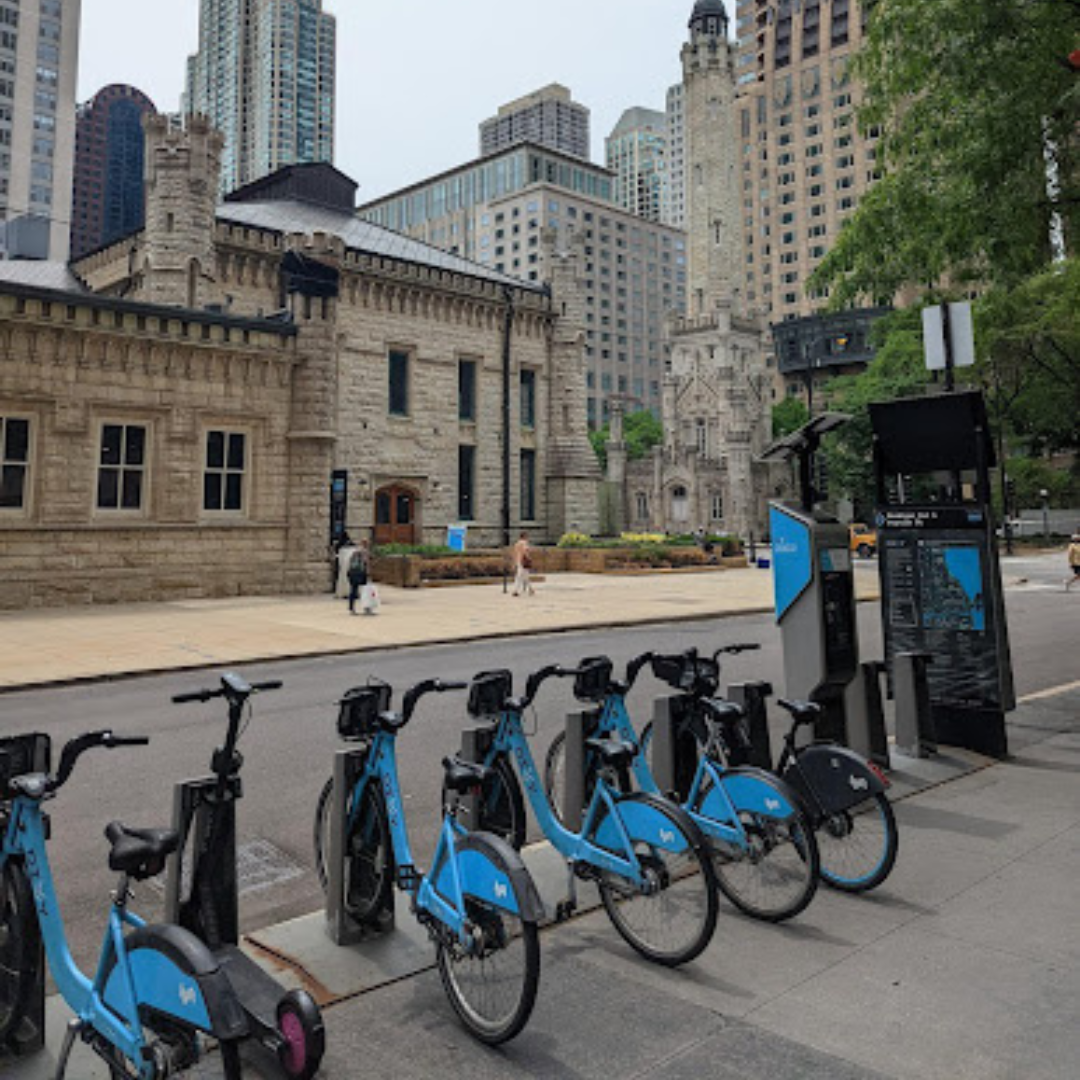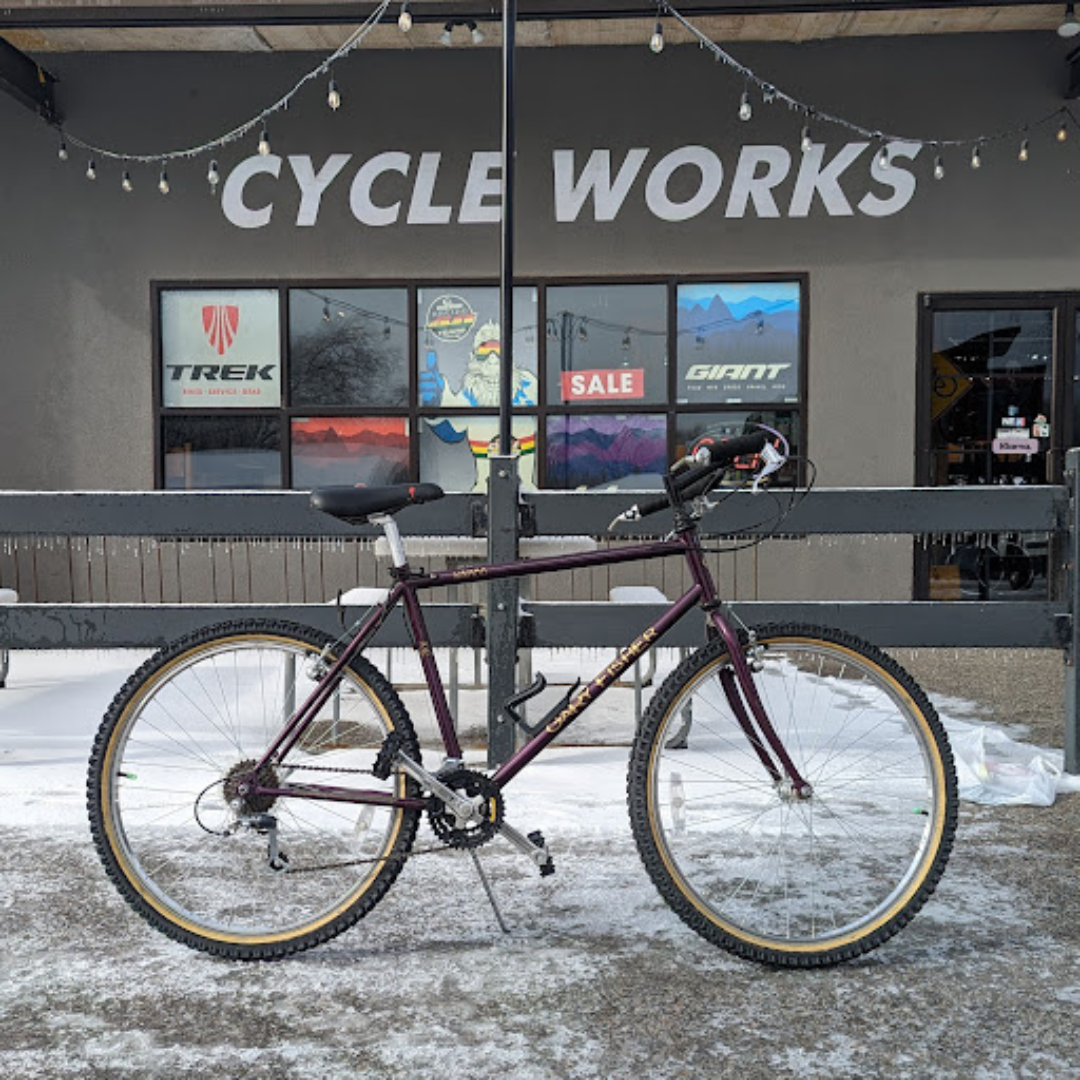DISCOVER YOUR LOCAL BICYCLING COMMUNITY
Find local advocacy groups, bike shops, instructors, clubs, classes and more!
New League Staff: Connor Herbert
 We’re excited to welcome not one but two new bike friends to the League team: our federal policy fellows Connor Herbert and Patricia Donnelly (who you met through our blog earlier this week)! As a federal policy fellow, Connor will work with Patti and our deputy executive director Caron Whitaker to secure safer and easier biking, walking and rolling across the country through funding and policies. In addition to joining the League team this year, Connor will serve on Lincoln’s Pedestrian Bicycle Advisory Committee as a new appointment. We’re excited to see him tackle building better active mobility at the local and national levels!
We’re excited to welcome not one but two new bike friends to the League team: our federal policy fellows Connor Herbert and Patricia Donnelly (who you met through our blog earlier this week)! As a federal policy fellow, Connor will work with Patti and our deputy executive director Caron Whitaker to secure safer and easier biking, walking and rolling across the country through funding and policies. In addition to joining the League team this year, Connor will serve on Lincoln’s Pedestrian Bicycle Advisory Committee as a new appointment. We’re excited to see him tackle building better active mobility at the local and national levels!
What’s your first memory of riding a bike?
My first memory of riding a bike goes back to when I was around four or five. Like many other things in my life at the time, I had to keep the training wheels on for a bit longer than my friends. My family and I later learned that I had Attention Deficit Hyperactive Disorder (ADHD) which can affect hand-eye coordination and fine motor skills (who would have guessed?). My memories of the time involved my dad desperately trying to get me to ride straight without training wheels. At the same time, I would look ahead and crash as soon as I became fixated on anything out of the ordinary, whether that was a rock, an onlooker, or a mailbox.
 Around when I was six or seven, my friends and I began using bikes to move around the neighborhood, and by the time I was ten, we would ride through our neighborhood to the local ice cream shop, which was a 30 to 40-minute trip both ways. After moving to Lincoln in 2017, I abandoned biking because I had no neighborhood friends to do it with, but my friends reintroduced me to it in my final months of college last year, and I have been doing it almost weekly ever since.
Around when I was six or seven, my friends and I began using bikes to move around the neighborhood, and by the time I was ten, we would ride through our neighborhood to the local ice cream shop, which was a 30 to 40-minute trip both ways. After moving to Lincoln in 2017, I abandoned biking because I had no neighborhood friends to do it with, but my friends reintroduced me to it in my final months of college last year, and I have been doing it almost weekly ever since.
I also used to play a significant amount of Pokémon GO, and the most important forms of transportation in the game were walking and biking. I probably biked several times around the sun in distance playing Pokémon GO.
You became interested in bicycle policy fairly recently, what brought you to think about bicycling as a policy issue?
 I was reintroduced to biking as a form of transportation and recreation at the end of my senior year. Before that, I had been used to walking around Cincinnati or taking the bus. Now that I knew I could bike around cities, I decided to incorporate it into a university-funded research trip I had been planning with a friend. We took the train from Cincinnati to Chicago, Boston, New Haven, New York, Washington, and back, making sure to rely almost entirely on sustainable transportation methods during our time in each city. This meant a lot of time on local bike shares and city infrastructure. Since our research project centered around the economist John Kenneth Galbraith’s study of industrial organization, it was useful to see that each city had something different to offer regarding how they solved traffic issues.
I was reintroduced to biking as a form of transportation and recreation at the end of my senior year. Before that, I had been used to walking around Cincinnati or taking the bus. Now that I knew I could bike around cities, I decided to incorporate it into a university-funded research trip I had been planning with a friend. We took the train from Cincinnati to Chicago, Boston, New Haven, New York, Washington, and back, making sure to rely almost entirely on sustainable transportation methods during our time in each city. This meant a lot of time on local bike shares and city infrastructure. Since our research project centered around the economist John Kenneth Galbraith’s study of industrial organization, it was useful to see that each city had something different to offer regarding how they solved traffic issues.
Industrial organization is how businesses are related to each other outside the confines of strictly economic relationships. One of these relations is a spatial one where businesses are located in relation to each other in a city, for example. This spatial element of the industrial organization also means that businesses must be able to connect with consumers and with each other. Galbraith felt that industrial organization was often the midpoint between government and business, pushing and pulling the country’s fabric. It is a jumble of competing plans for the future. So many things can erupt and be involved in industrial organization, including infrastructure and transportation.
My friend and I spent the whole trip thinking about how cities impact local wealth. In Boston, we looked at its subway system, the BlueBikes bikeshare, and the Bus Rapid Transit; in New York City, the subway, the buses, and the CitiBikes. It was interesting to see if the ways modes of transportation played off each other were sensible and safe or just utterly chaotic. We figured that was the way things were planned. This led me to think more about bikes as a mode of transportation because bikes are the most productive way for me to get around — it’s fun, healthy, and just all-around awesome.
You’ve been involved in advocacy in other fields, how do you see your previous advocacy translating to working on transportation policy on the national level with the League?
Most of my previous advocacy work comes from college, so I’ll transfer many of the skills I developed there. I have always been civically active since I participated in YMCA programs in high school. Alongside participating in leadership programs in Northern Kentucky and Lincoln, Nebraska, I quickly learned how to identify issues and ways to resolve them in my local community. I really enjoy biking these days, and local problems are always on the top of my mind when I am out and about.
What do you hope to take away from your year-long fellowship with the League?
I hope to take away several things. There are practical skills such as how to use tools to research congresspeople, interview people about their successes in policy, and write for a more general audience. I also hope to gain a lot of knowledge about how transportation is managed and regulated in the United States.
Part of your role is to work with advocates to identify and highlight excellent biking and walking projects to policymakers. What do you think qualifies a project as excellent?
I think of what is in my own backyard in Lincoln, Nebraska, as something exemplary of an excellent biking and walking project. We have several trails that wrap throughout the city, giving access laterally, longitudinally, and in one case, diagonally to its various parts.
Much of the city is composed of residential areas with heavier traffic arterials that enable access to the entire city. Trails provide alternative routes to cyclists and connect them directly to other bicycle-friendly streets in our city. That is an excellent infrastructural project. I also think that infrastructure is defined by who uses it. Hence, another element of an excellent project involves community education and knowledge — how can we get people to use this trail as intended? Ultimately, an excellent project is one used by many!
 Another excellent project is one that is locally developed. In my city, a nonprofit called the Lincoln Bike Kitchen repairs bikes for free and provides bikes to schoolchildren at no cost. It runs on volunteer mechanics, enabling a portion of the city to live their day-to-day lives unencumbered by worries about how they will get from point A to point B. This, of course, is not a government institution but rather one that a local bike advocate created!
Another excellent project is one that is locally developed. In my city, a nonprofit called the Lincoln Bike Kitchen repairs bikes for free and provides bikes to schoolchildren at no cost. It runs on volunteer mechanics, enabling a portion of the city to live their day-to-day lives unencumbered by worries about how they will get from point A to point B. This, of course, is not a government institution but rather one that a local bike advocate created!
What bike are you riding now and what inspires you about cycling?
Right now, I am riding this 1974 Peugeot U-08 and that 1993 Gary Fisher Wahoo.